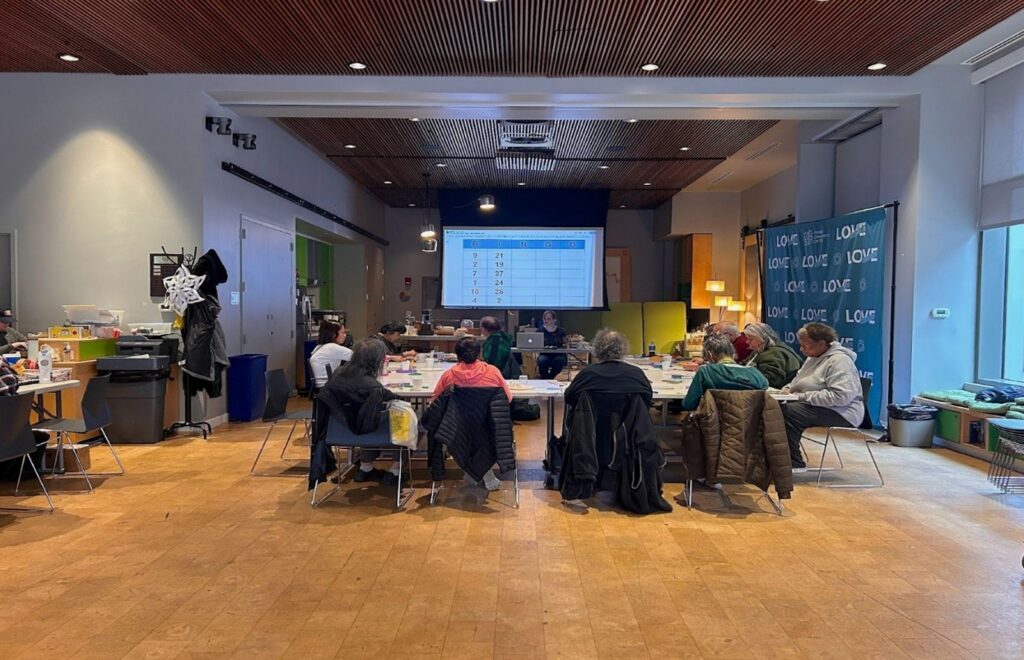Abstract:
This article presents a case highlighting the challenges that justice-involved older adults face when entering into the community while managing chronic medical disease, mental illness, and substance use disorders.
Key Words:
older adults, incarceration, justice-involved multimorbidity
Mr. S, a 67-year-old man with hypertension, diabetes, and opioid use disorder (OUD) was recently released from prison. While incarcerated, he received five years of methadone treatment for his OUD and was transitioned to a community-based opioid treatment program. He felt comfortable with the plan for methadone maintenance treatment.
During his first primary care visit he expressed frustration with his transitional housing and difficulty returning to the community. He admitted to coping with the new stressors via occasional episodes of binge drinking and cocaine use, but reported that his OUD was stable on methadone.
Also, he was finding it increasingly difficult to manage his chronic diseases. It was hard to take his prescribed medications on his own without formal supports and while living in transitional housing. After his second primary care visit, he received a chest x-ray to evaluate a chronic cough and was found to have a lung mass suspicious for cancer. He expressed anger at the diagnosis, withdrew from primary care and did not report for the proposed workup for the lung mass. He eventually dropped out of his opioid treatment program.
When he finally returned six months later, through the hospital Emergency Department, he had metastatic disease, uncontrolled diabetes, and was using heroin daily. He was eventually admitted to hospice care.
Older Adults in Prison: An Increasing Reality
The number of incarcerated older adults in the United States is growing; from 1999 to 2016 there was a 280 percent increase in the number of incarcerated adults ages 55 and older (Pew Charitable Trusts, 2018). Incarcerated adults have high rates of chronic medical disease as well as higher than community rates of mental illness and substance use disorders.
Older adults involved with the criminal justice system are at high risk for these same conditions, along with experiencing a high burden of medical multimorbidity and changes associated with aging.
Older adults who are returning to the community after incarceration are at particularly high risk for health-related mortality and often have poor access to coordinated healthcare, case management, and social services that address the compound effects of substance use and multimorbidity. They often lack a social support network and have limited financial resources.
Furthermore, the COVID-19 crisis has highlighted the risks for adverse health outcomes and the need to better protect the health of incarcerated older adults who are transitioning back into the community. Many of the largest outbreaks of COVID-19 in the United States have been in correctional facilities.
To help prevent the spread of the virus and to protect the health of vulnerable populations at high risk for adverse health outcomes from COVID-19, decarceration has been a focus in many areas, especially among frail and medically complex older adults.
However, releasing older incarcerated adults with chronic medical diseases into the community during a pandemic further underlines the challenges faced by this population, as many people being released from correctional facilities will continue to face the same heightened risks for COVID-19, in addition to ongoing health risks. This emphasizes the need to prepare for emergency discharge planning for decarcerated populations during the COVID-19 crisis (Howell et al., 2020).
Meeting the Post-Incarceration Needs of Older Adults
This case highlights the complex, holistic needs of this population of formerly incarcerated older adults, which can be further complicated by the stressors of post-incarceration, including the stigmas associated with incarceration, substance use, and aging. This growing population of older, justice-involved adults living in the community have complex needs not previously addressed by our healthcare delivery systems. Their increased risks for co-occurring disorders suggests that healthcare providers, health systems, and policy makers must consider how these interrelated conditions contribute to poor health outcomes for an often-overlooked, medically vulnerable population.
Interventions such as care coordination, case management, access to community resources, and medical support to community agencies could help to foster patient-centered care, by addressing this population’s multiple social and medical risk factors through geriatric-based interprofessional care.
Priorities should focus on preventing a return to substance use for people with a history of substance use disorders (especially overdose prevention), and connections to crisis support (especially for those with known mental illness). Transition from correctional institutions into the community is a stressful event, particularly for older adults with chronic diseases, and the COVID-19 crisis has only further exacerbated the risks and challenges faced by this population.
Benjamin H. Han, MD, MPH, is an assistant professor of medicine at the University of California San Diego, in La Jolla, California.
References
Howell, B.A., et al. “Correctional Facilities in the Shadow Of COVID-19: Unique Challenges and Proposed Solutions.” Health Affairs Blog, April 13, 2020. Retrieved July 5, 2020.
Pew Charitable Trusts. 2018. “Aging Prison Populations Drive Up Costs.” Retrieved June 15, 2020.













